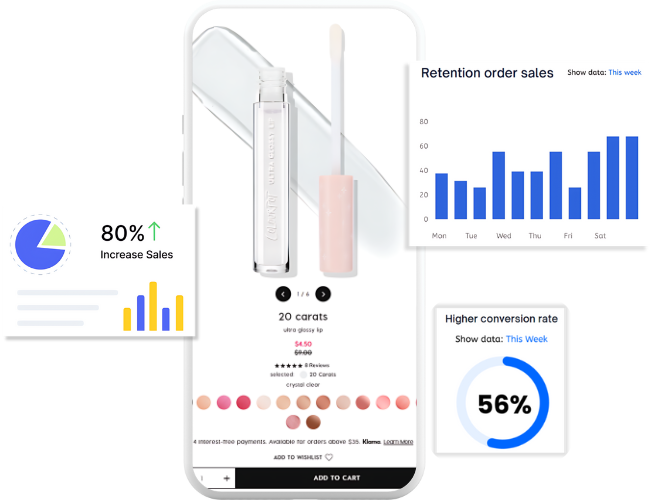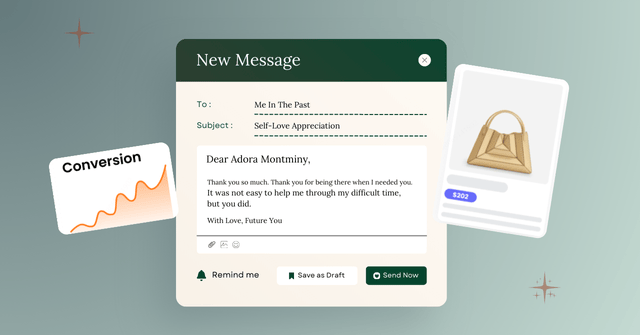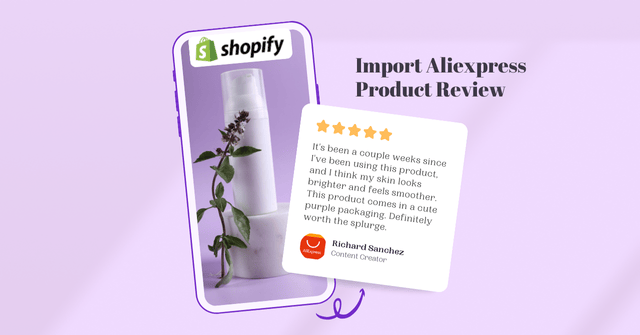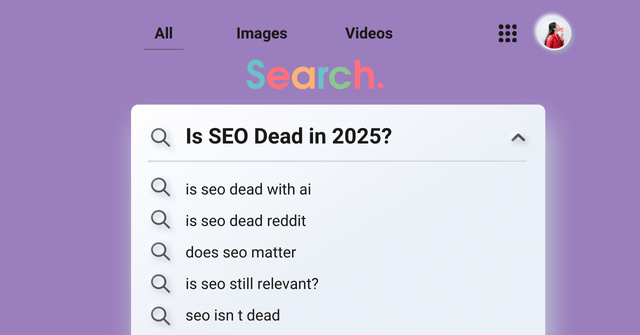The e-commerce industry is constantly changing, and businesses are always eager to use e-commerce innovations to create or change existing e-commerce businesses to meet customer needs. Although everything in e-commerce seems to update and iterate rapidly, all changes are traceable. We can always find innovative technologies that are most suitable for store development to narrow the gap with future changes.
Talk with us and learn more about Channelwill’s suggestions for powering online retail forward.
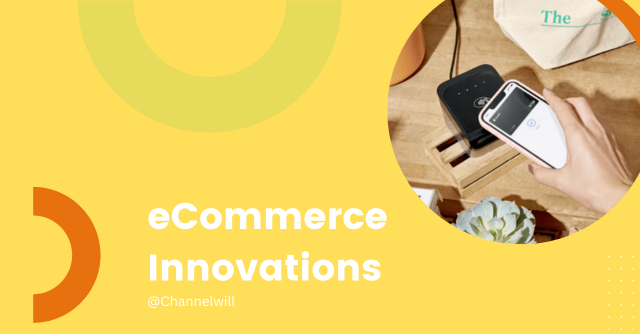
Why are E-commerce Innovations for Business Important?
For consumers, e-commerce innovations can simplify the entire shopping process, allowing them to place orders and view logistics information whenever. Not only that, but more transparent shipping notifications can also reduce customer anxiety and save time. In summary, the integration of e-commerce innovations can improve overall buyer satisfaction.
For merchants like you, e-commerce innovation is a trend in the e-commerce industry where you use it to enhance competitiveness. It can help to improve your store, attract more consumers, and convert potential purchasing power. Meanwhile, more comprehensive personalized services will make customers trust you more and increase the store’s positive reviews and loyalty.
Top 10 E-commerce Innovations for Business in 2025
1. AI-Powered Personalization
The simulation of human intelligence processes by machines, particularly computer systems, is known as artificial intelligence (AI). It provides customers with customized product recommendations and personalized marketing activities by analyzing user behavior, preferences, and historical purchases. If you incorporate this innovative technology into e-commerce, you will achieve the following results:
Deeper insights and smarter product recommendations. With the help of AI, which scans and mines vast volumes of data, you can create personalized recommendations and deliver them to customers, improving buyer service and increasing sales income.
Valuable customer data and better search experience. AI provides important consumer data to enhance your products and procedures. Simultaneously, AI can recognize minute variations in human language and deliver pertinent information even in the absence of precise keywords, thereby resolving customer complaints and perfecting their online purchasing experience.
2. AR Technology
Augmented Reality (AR) refers to computer-generated perceptual information that overlays digital content on real-life objects and environments using software and applications like AR glasses, improving the interactive experience of the real world.
If you use AR in e-commerce, customers will be able to use mobile devices to visualize the appearance and fit of products in the real world, which will greatly reduce return rates. Meanwhile, attractive and interactive AR technology allows you to showcase your products to consumers, change interactive relationships, and differentiate you from competitors.
3. Phonetic Search Support
Phonetic search technology uses virtual assistants and smart speakers to do certain tasks via voice commands. One innovation in e-commerce that will gain traction is voice shopping, which makes hands-free shopping possible. Furthermore, it provides a convenient and accessible shopping experience that allows customers to learn about new products, assess brands, and receive tailored recommendations to increase their spending power.
4. Chatbot Online
Chatbot is an application that uses text or language interaction to mimic human communication, which keeps up discussions with users in natural language and mimics how people would act in similar situations.
A chatbot’s advantages consist of the following:
- Provides 24/7 service.
- Buyers can find more suitable products through recommendations from a chatbot.
- Supports multilingual services for convenient global communication.
Unquestionably, a chatbot is an essential technology for any online business to stay competitive. If you’re still on the fence about which chatbot to use, then I recommend Willdesk, a Shopify app that lets you manage customer communication from a live chat, emails, and social media messengers in one place.

Turn customer service into a profit center
5. Digital Storefront
A digital storefront is a website where you can offer products or services. It is an online store that functions similarly to a physical store. For instance, you can list your products for sale on Shopify, and as long as there is an internet connection, customers can log into Shopify and find your store to purchase from.
Operating a digital store differs greatly from a physical store because the former has no set business hours. It means customers can peruse and purchase at any time. More significantly, since shoppers don’t have to waste time going to a physical store, they are more likely to obtain the product. In the meantime, residents of isolated rural or mountainous locations with restricted mobility can buy the products they desire through digital storefronts, perhaps boosting the store’s sales income.
6. Big Data
Big data is a term used to describe the collection of organized, semi-structured, and unstructured information by businesses that may be utilized for predictive modeling, machine learning, and other advanced analytics applications.
Because customers are becoming sensitive to big data, it is important to use it carefully. When applied appropriately, you may provide the target audience with more individualized services and make precise product recommendations. Simultaneously, you may better align yourself with trends when you have timely modifications made based on your clear understanding of market shifts. Utilizing big data effectively can provide your store with a competitive edge by facilitating quicker and wiser decision-making.
7. Real-Time Location-Based Marketing
With the use of real-time location-based marketing, you can track customers’ precise whereabouts and offer tailored services, as well as online and offline purchasing discounts from surrounding physical stores. After receiving the merchant’s recommendations, the buyer makes the purchase based on their requirements.
Real-time location-based shopping provides merchants like you with a way to gain a deeper understanding of their target audience through customized discounts while enhancing the user experience for consumers who wish to fulfill their demands instantly. For instance, using real-time location-based marketing as an e-commerce innovation might inform customers that the products they’ve been looking for are available at neighboring stores and that they can pick them up right away.
8. Buy Now, Pay Later (BNPL)
Buy now and pay later is an installment payment method that refers to dividing your purchases into multiple equal payments, with the first payment due at checkout. Until you make the full payment, the remaining amount will be applied to your debit, credit card, or bank account. Besides, whether interest is produced based on the supplier or promotional efforts will depend on this mode of payment.
Younger consumers will be more inclined to pay in installments for pricey laptops or other electronic devices since they will find this way of payment more enjoyable. By introducing this payment option, you can sell products or services that are rarely paid for all at once, hence increasing sales without being noticeable to the customer. It also allows them to acquire the products they want in advance.
9. Single-Click Checkout
Single-click checkout happens when shoppers choose several items to add to their shopping cart and click to pay all at once. They will save time by not having to fill out their personal information again because they just need to do so once, and it will appear automatically the next time they make a purchase.
This kind of e-commerce innovation will streamline the checkout process, lower cart abandonment rates, and boost conversion rates for your store. What’s more, as single-click checkout improves the overall shopping experience and makes purchases more seamless and efficient, it invariably increases customer satisfaction and loyalty. Therefore, consumers have a higher positive rating for your store, which has a certain effect on retaining high customer rates.
10. Proactive Shipping Notifications
Shipping notifications are the logistics that merchants proactively provide to customers regarding the products they purchase. Consumers who receive delivery notifications can feel less anxious and save time by being able to see the most recent package locations in real-time, which helps answer their most frequent question, “Where is my order?” Besides, proactive shipment notifications from merchants increase customer trust, foster positive connections, and improve brand reputation.
#1 Shopify Tracking Solution for eCommerce
Final Views on the Future of E-commerce
Every e-commerce innovation has unique advantages, but not each one is suitable for your store. You need to identify which ones are more worth integrating into your store to add great value to your business.
How to identify suitable e-commerce innovations? Paying real-time attention to relevant information within the industry, including reports and news, to understand what is happening is essential. Getting feedback from consumers can also be a way to obtain information. Meanwhile, you can use digital technologies wisely to monitor competitors, study consumer behavior, and integrate with your own business to enhance in-store services.
Conclusion
E-commerce undergoes daily updates, and both people and technologies advance continuously. You should constantly think ahead, invest in education and innovation, and assess new technologies to see which will work best for your brand’s growth. As long as you are willing to learn and innovate, customers will continue to come in, and the e-commerce industry will always keep a position for you!
FAQs About E-commerce Innovations
Note: This blog was originally written in English and translated using an automated tool to make the content accessible to a global audience. We believe in sharing valuable insights with everyone and apologize for any inaccuracies. If you spot any errors, please feel free to contact us for corrections. Your feedback helps us improve and ensures the content’s value is fully realized.



